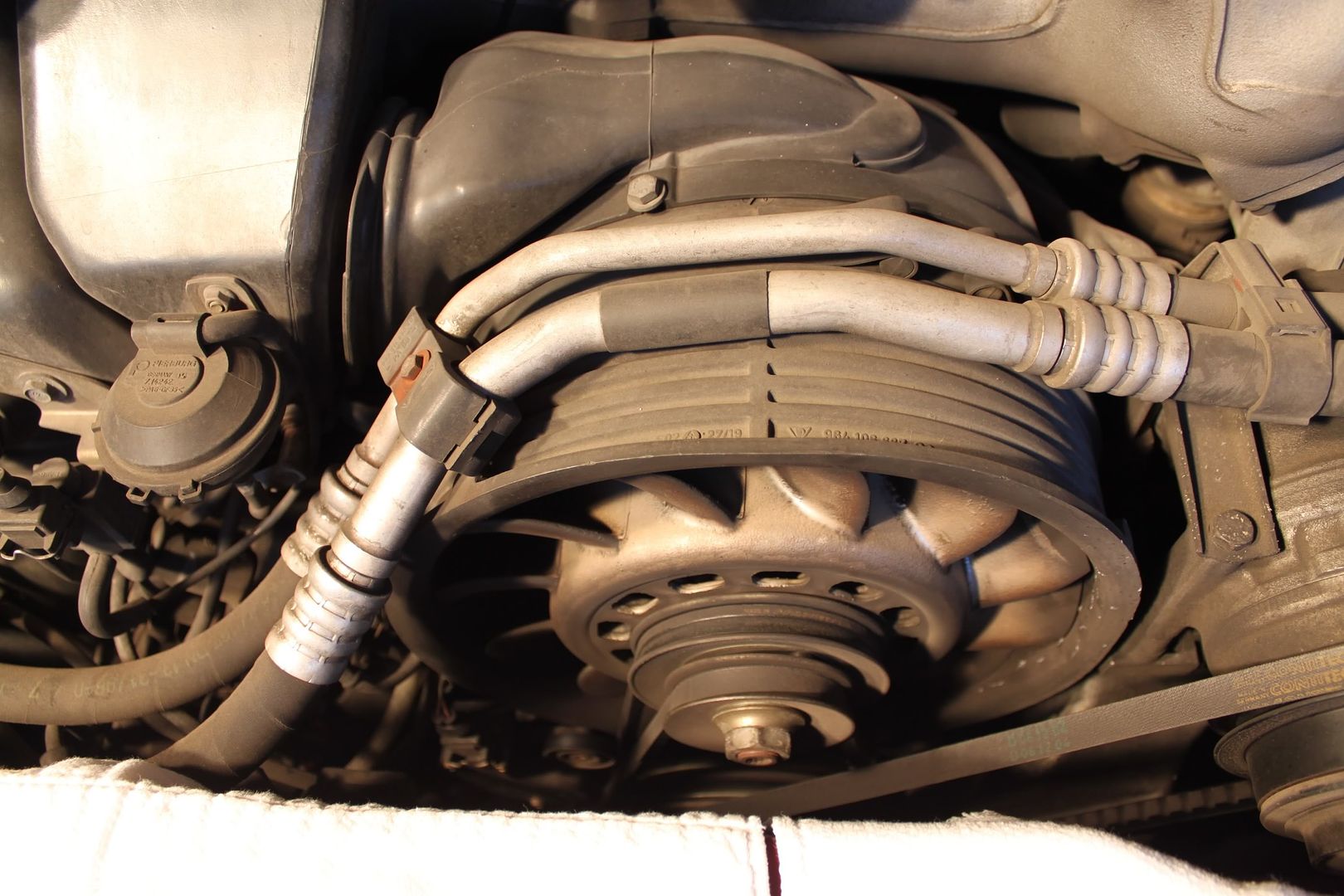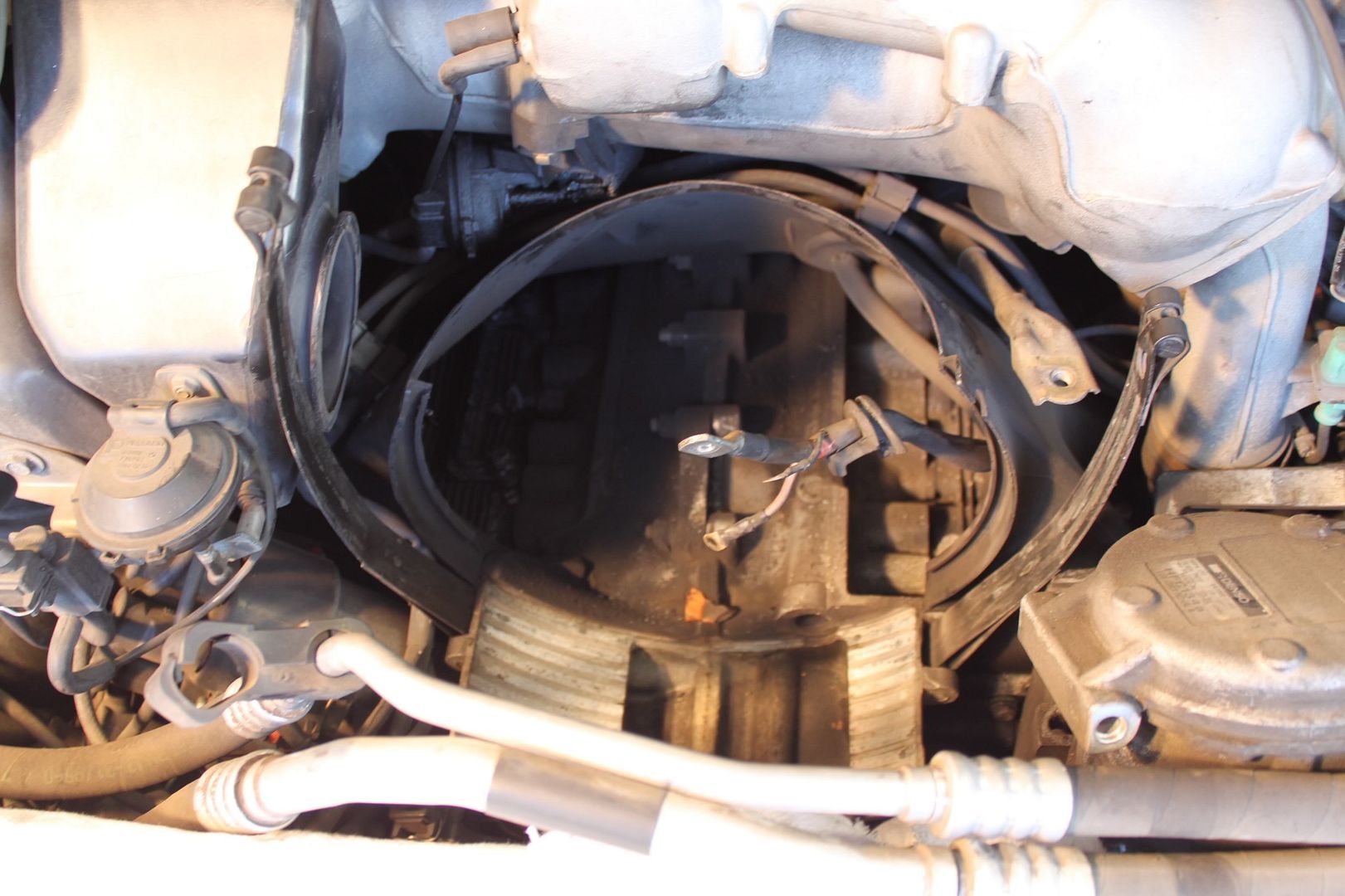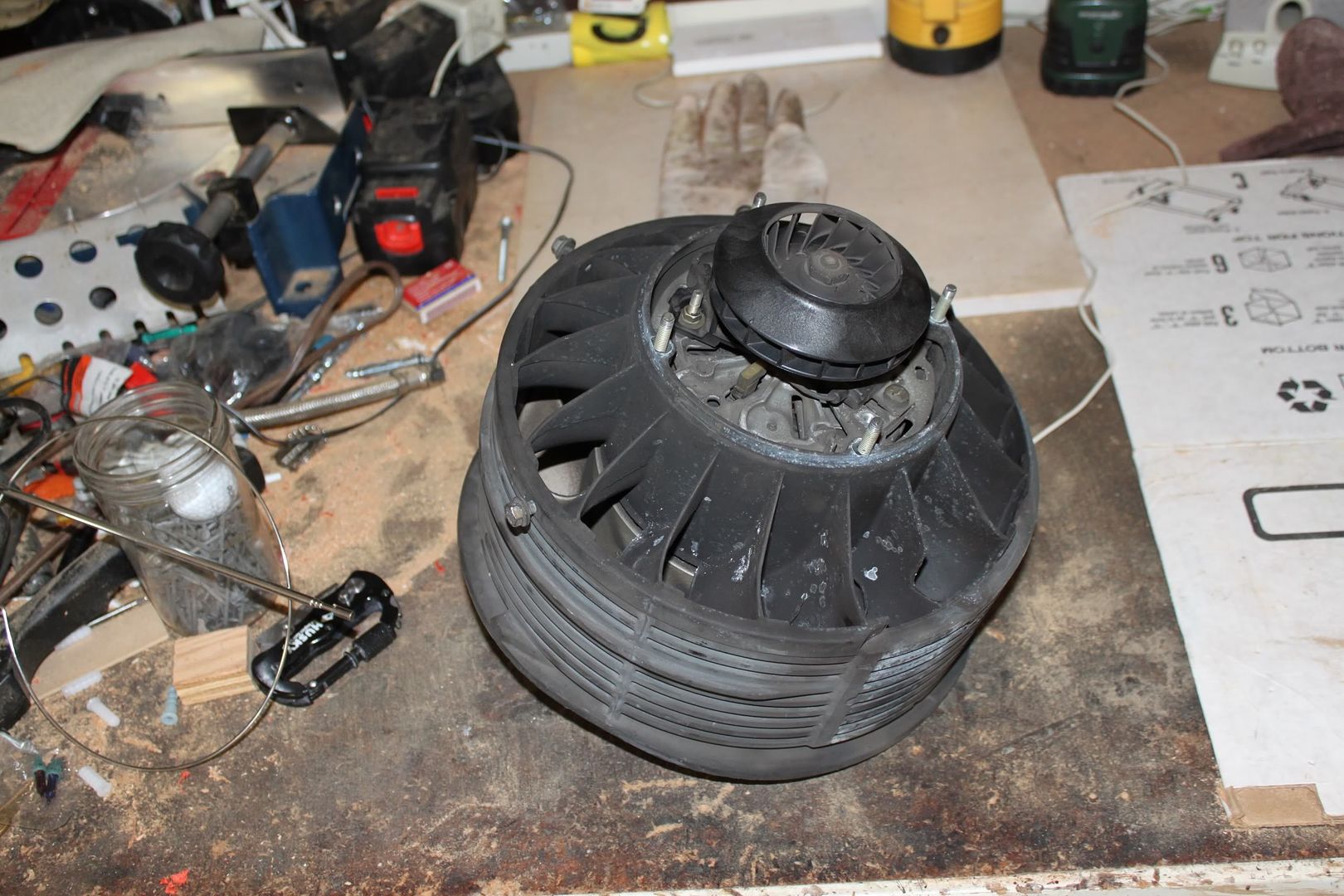A bill deferred will still come due eventually. Whether the obligation is jury duty, a dentist
appointment or car maintenance, the piper will always insist on payment.
Keeping cars for the long term rather than regularly cycling
through newer cars is better for the personal bottom line, at least in terms of
large outlays of cash that succeed in purchasing only depreciation. However, the downside of keeping cars for the
long haul is that eventually, no matter how well-loved the car may be, parts
will wear out merely as a function of age and use. No amount of buffing and polishing will keep,
let’s say, an alternator with 130,000 miles on it from wearing out. Then, the well-loved but aging car will
strand its owner, perhaps twice in a week, at the roadside, demanding immediate
payment for maintenance deferred.
My well-loved car has been reminding me steadily that,
although it remains fundamentally sound, its component parts do wear down and
require maintenance and replacement. I
recently ordered all of the parts needed to replace the brakes, and have been
contemplating replacement of the springs and shocks as well. Both jobs require a fair amount of skill and
a specific set of parts and tools.
Thanks to online forums, however, neither job is beyond the capabilities
of a reasonably diligent and brave shade tree mechanic. Neither project, however, instilled in me the
necessary sense of urgency needed to force me to set aside my other
responsibilities to spend time getting dirty and, possibly, making things worse
instead of making them better.
The car shut down in the middle of the street, twice in one
week – that got my attention. Driving
home from work one day, the instruments, which are electronically actuated,
started to go haywire; eventually the radio cut out, and finally the engine
itself refused to remain running. As I
coasted to a wide spot on the side of the road, it was obvious the car had no
more electrical juice. That same
evening, after receiving a flatbed tow home, I purchased and replaced the
battery. Thinking this solved the
problem, I drove to and from work the next day.
The day after that, the car exhibited the same fluttering eyelid
behavior on the way to work, and I was only just able to park the car safely on
the side street off the canyon road I drive to the office. The flatbed driver, a clever young lady,
lacked the tow hook required to drag the car onto the truck, but figured out
how to use her portable charger to allow me to simply drive the car onto the
back of the truck. After a slow but
harrowing drive through canyon roads much too small for the truck, I pushed my
car into the garage, again. The only difference
from two days earlier is that the battery was new. It was, unfortunately, just as dead.
A quick bit of research indicated to me that I didn't have a
battery problem, but rather an alternator problem. Rebuilding or replacing alternators is
time-consuming, expensive business.
However, additional research showed that replacing a small component of
the alternator could solve the entire issue.
All that was required was to extract the alternator … which is connected
to the engine fan, which is connected to three different belts, one of which is
connected to the air-conditioning. The
whole project requires a specialized tool that you can't just get Sears. And all of the work must be performed in a
space the size of a pizza tray.
Given that it appeared that the problem could be completely
solved with the exchange of only a small part, I figured there was no reason to
spend ten times as much as a part on professional labor. At a busy time of year, though, and with
other cars available, it took a long time for me to get around to tackling this
project. I printed out all of the
relevant repair guides written by fellow amateur mechanics, ordered the parts I
thought I needed, went to an auto parts store to purchase additional tools I
didn't realize I needed, went back to the auto parts store to purchase another
tool to replace the first tool I bought that was the wrong size, and ordered
additional parts as spares anticipating that my typical trial-by-error methods
would leave the repair job half done unless I had replacement parts at the
ready.
I began the project last week, laying out all my tools and
parts, with extra lighting, rags and, most indispensably of all, an extendable
magnet.
 |
| We're ready for you, doctor |
 |
| It all started so neat and clean |
I took pictures frequently,
knowing that by the time I got around to putting the car back together, days,
if not weeks could pass, meaning I would need a strong photographic record of
what the car was supposed to look like.
 |
| I sure hope it looks like this when I'm done |
After some anxious moments, a lot of grease (elbow and
otherwise) and obsessive re-checking of my references, I managed to remove the
alternator and engine fan assembly from the car.
 |
| We're committed now ... |
 |
| ... don't break anything |
The voltage regulator, which contains the
metal "brushes" that convey electrical charge through the alternator,
was indeed thoroughly worn out.
 |
| New on the left, old on the right |
The
replacement of that part took only a couple of minutes, by far the easiest
aspect of the entire job. The most difficult
portion of the project, other than becoming a contortionist to reach some of
the various nuts and bolts in the engine bay, was replacing the belts. The car uses two-part pulleys, which makes
the final adjustment of the belts a bit tricky for the neophyte mechanic. Complicating the process was the fact that
the battery was still dead, but the belt replacement procedure call for turning
the engine over to spin the crank and the pulleys in order to seat the belts
properly. One more trip to the auto
parts store for a charger, and all the pieces were literally in place to finish
the job.
Late last night, on one of the coldest evenings of the year,
I secured the last bolt, and, for the first time in two months, fired the car
up. Kelly, inside the house, could hear
me whoop and holler even over the sound of the car. It was astonishing, and extremely gratifying,
to hear the car crank right up with no bangs, clanks or warning lights. I drove the car around a while in the
immediate neighborhood to test the strength of the electrical system, and all
ended well (i.e., the car finished the drive in the garage under its own
power). After staying on the charger all
night, the battery was fully recharged this morning.
I can now tick off a few more squares on my auto mechanic’s
bingo card. In addition to repairing a
worn-out component, I also replaced the belts, which were likewise due for
regular replacement. As this saga
brought home to me, I do not often get ahead of regular maintenance items, so
replacing the belts before they suffered a catastrophic failure is a major step
forward for me.
Now to deal with the water pump on the other car… but that's
another story.
No comments:
Post a Comment